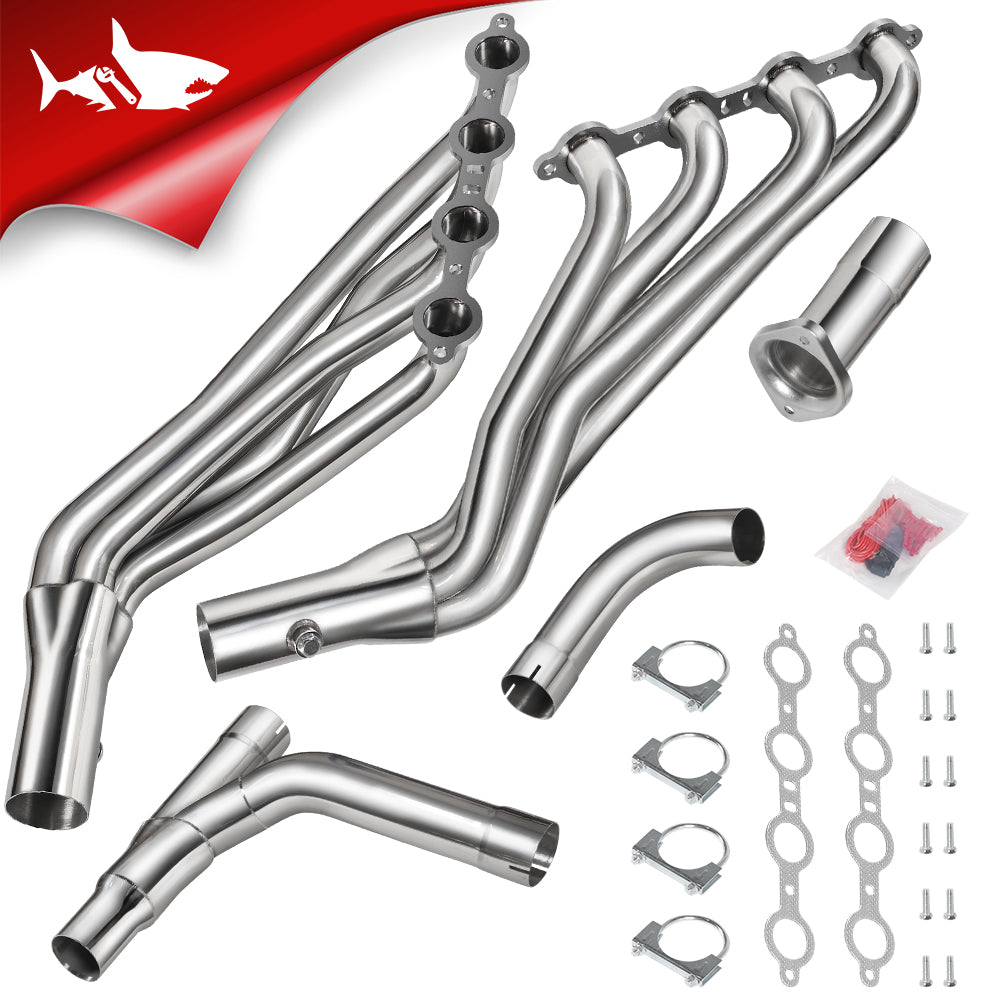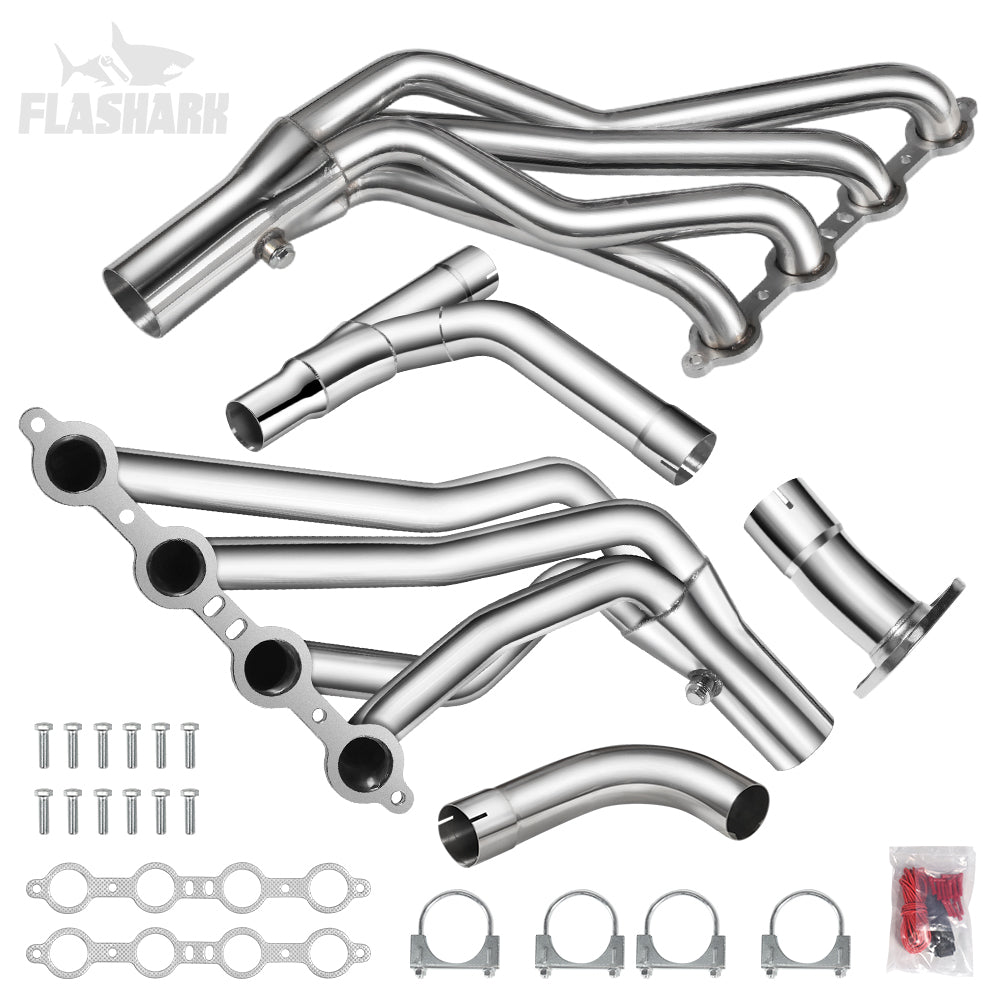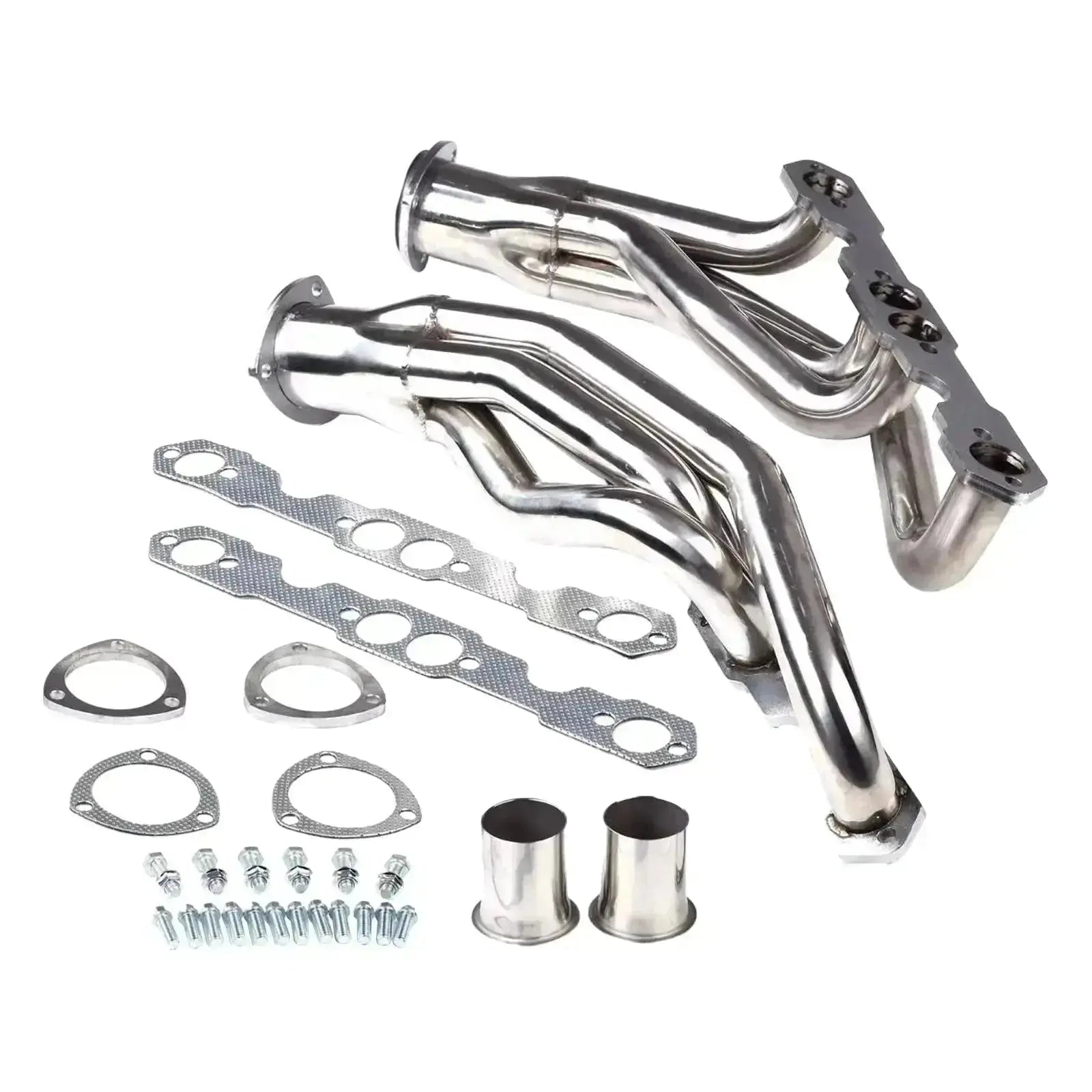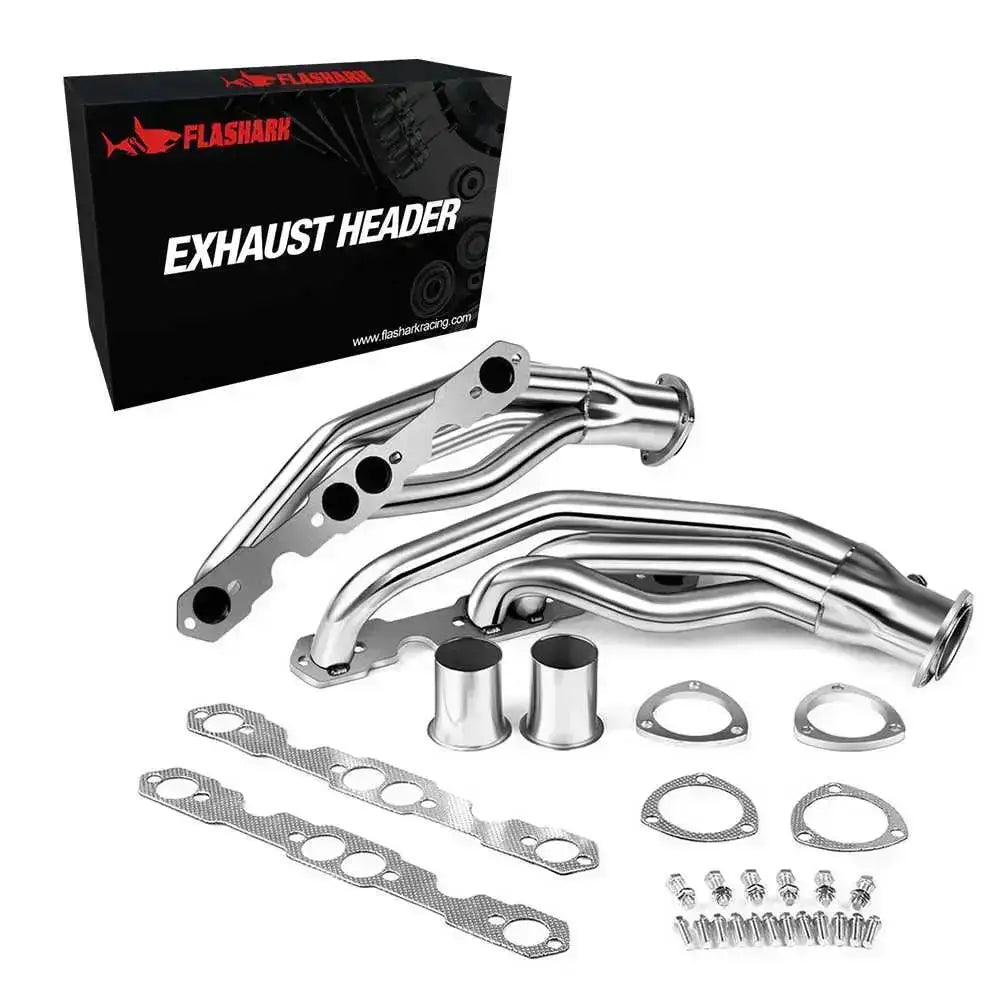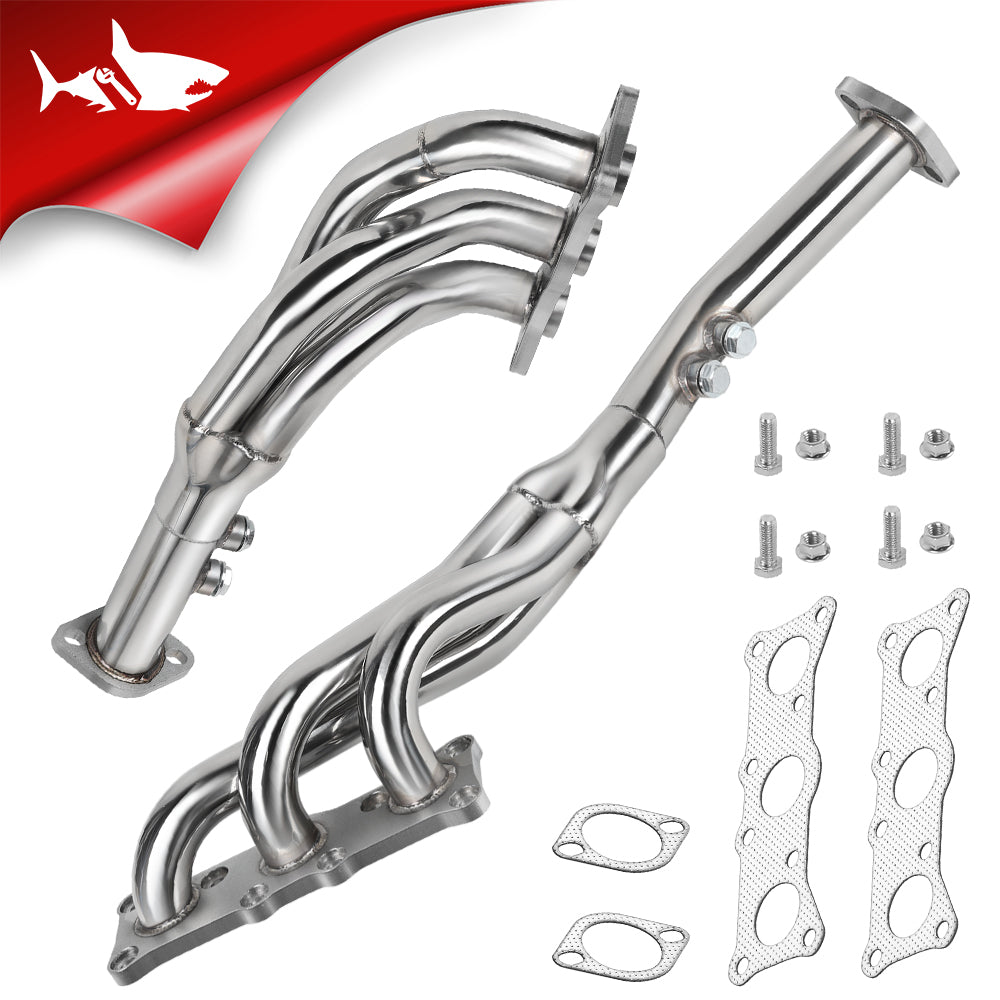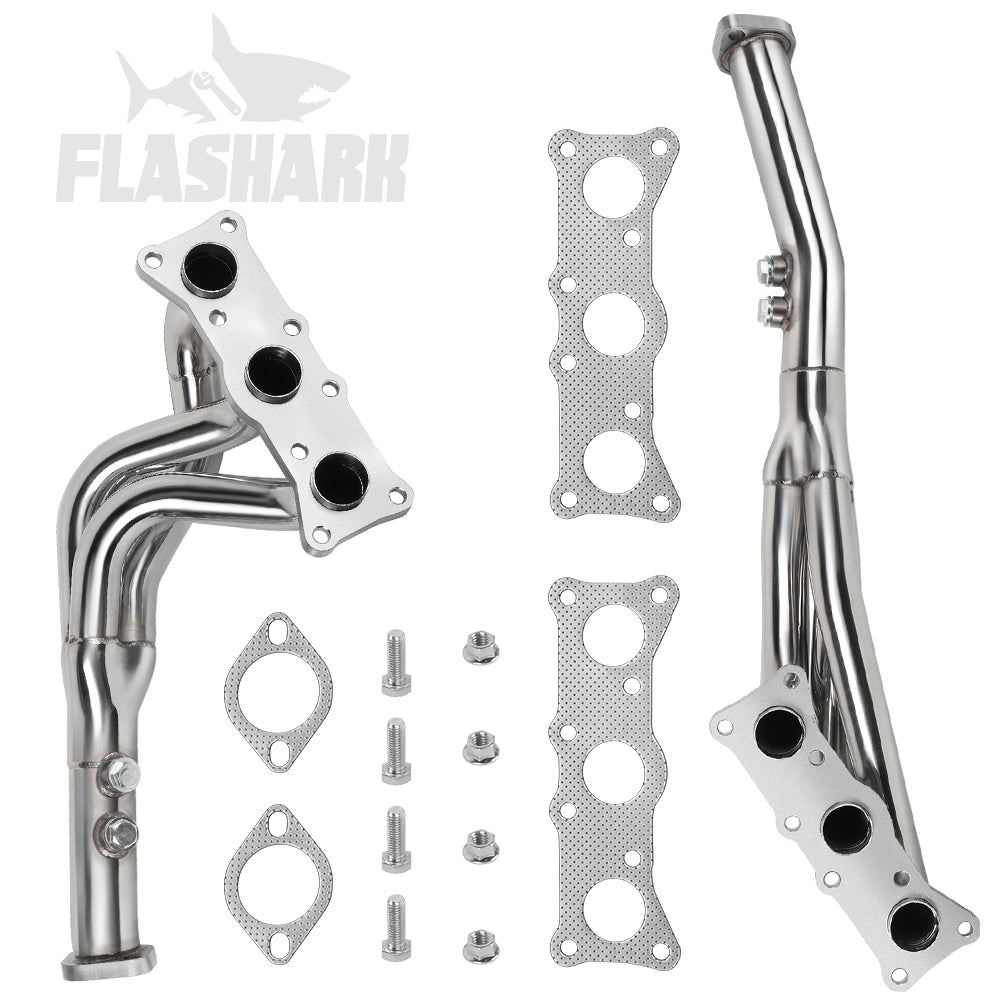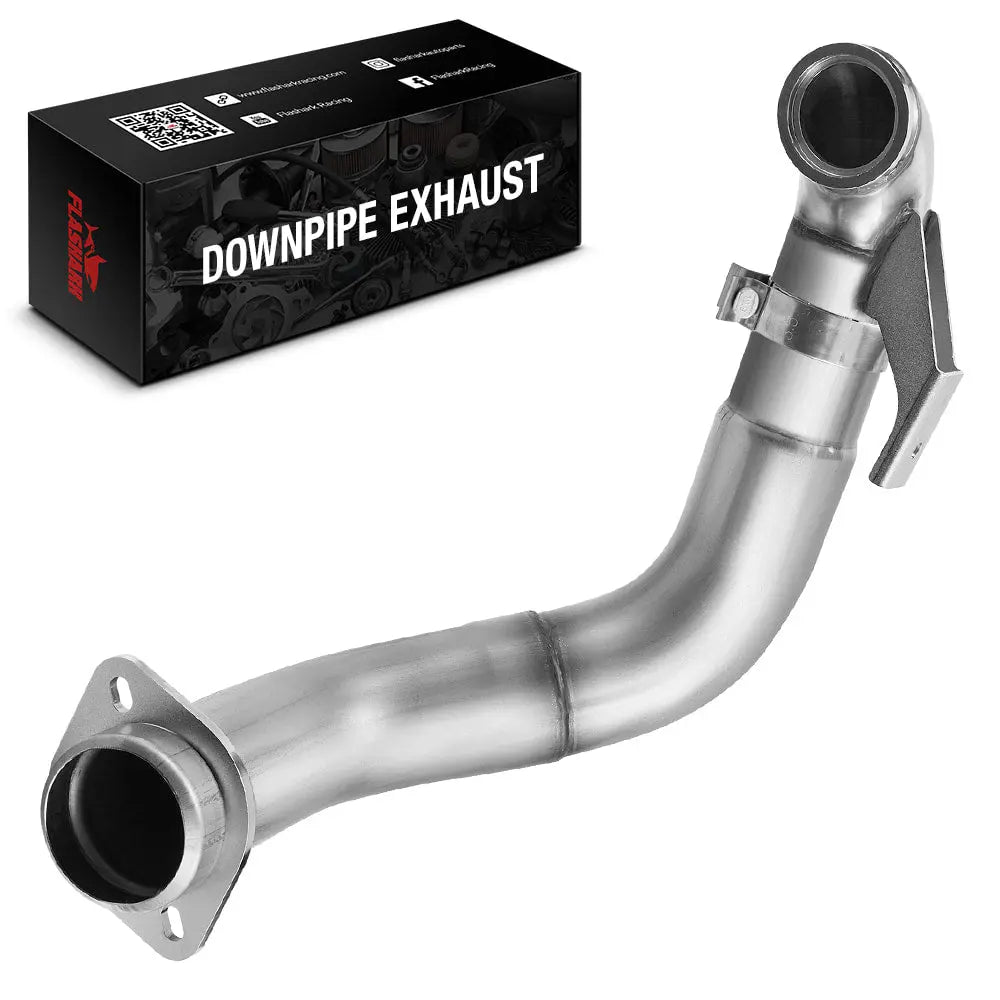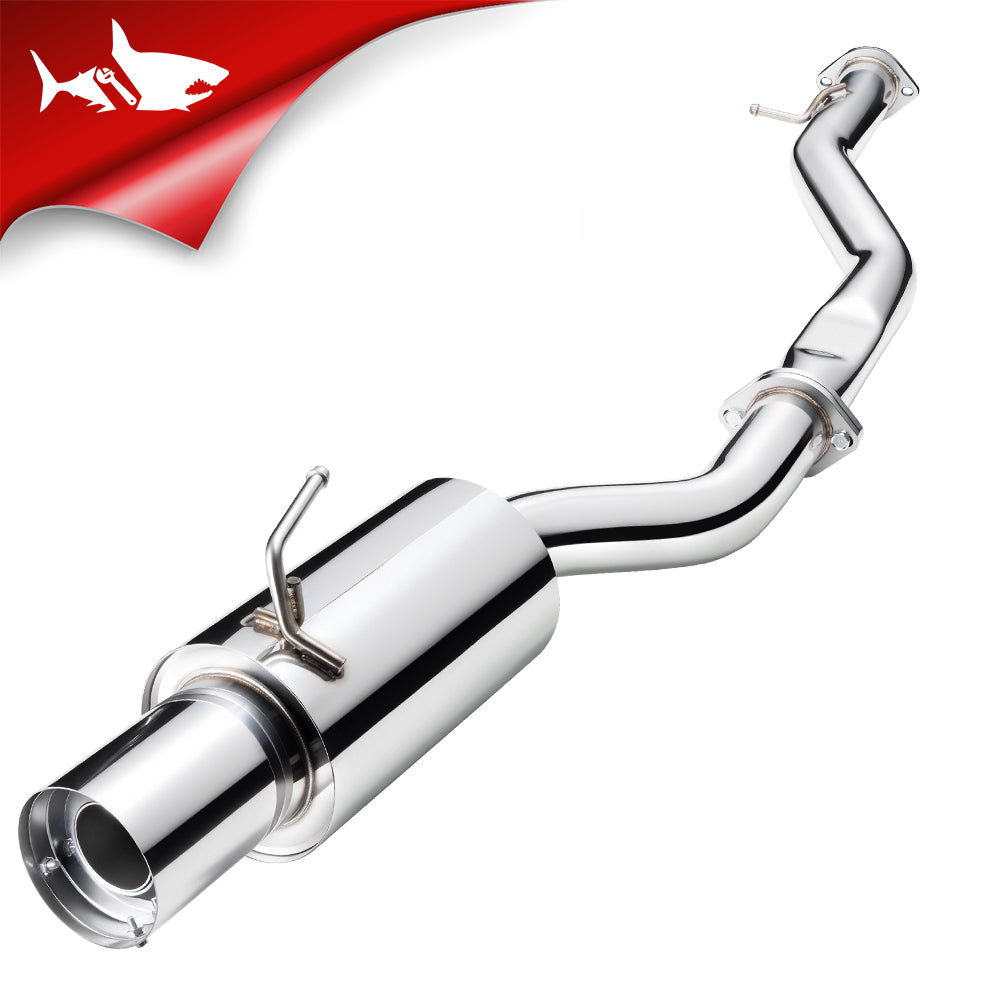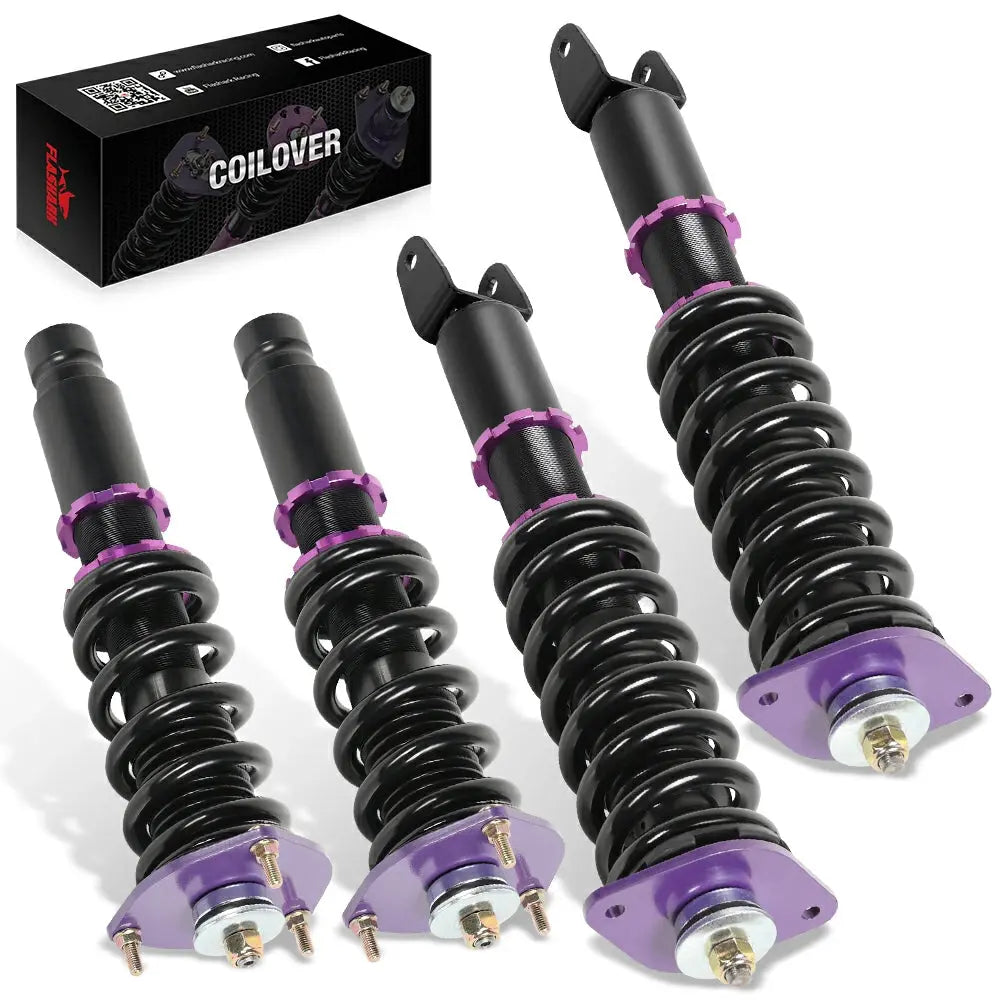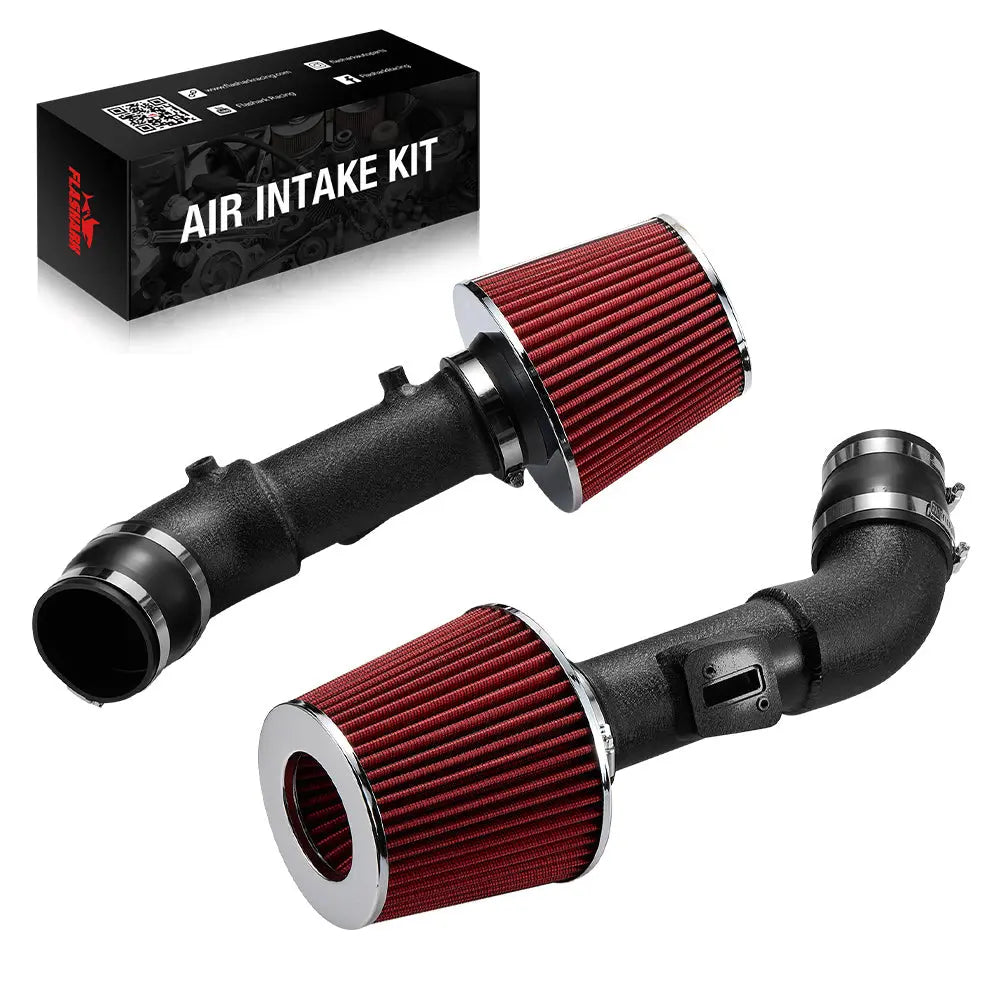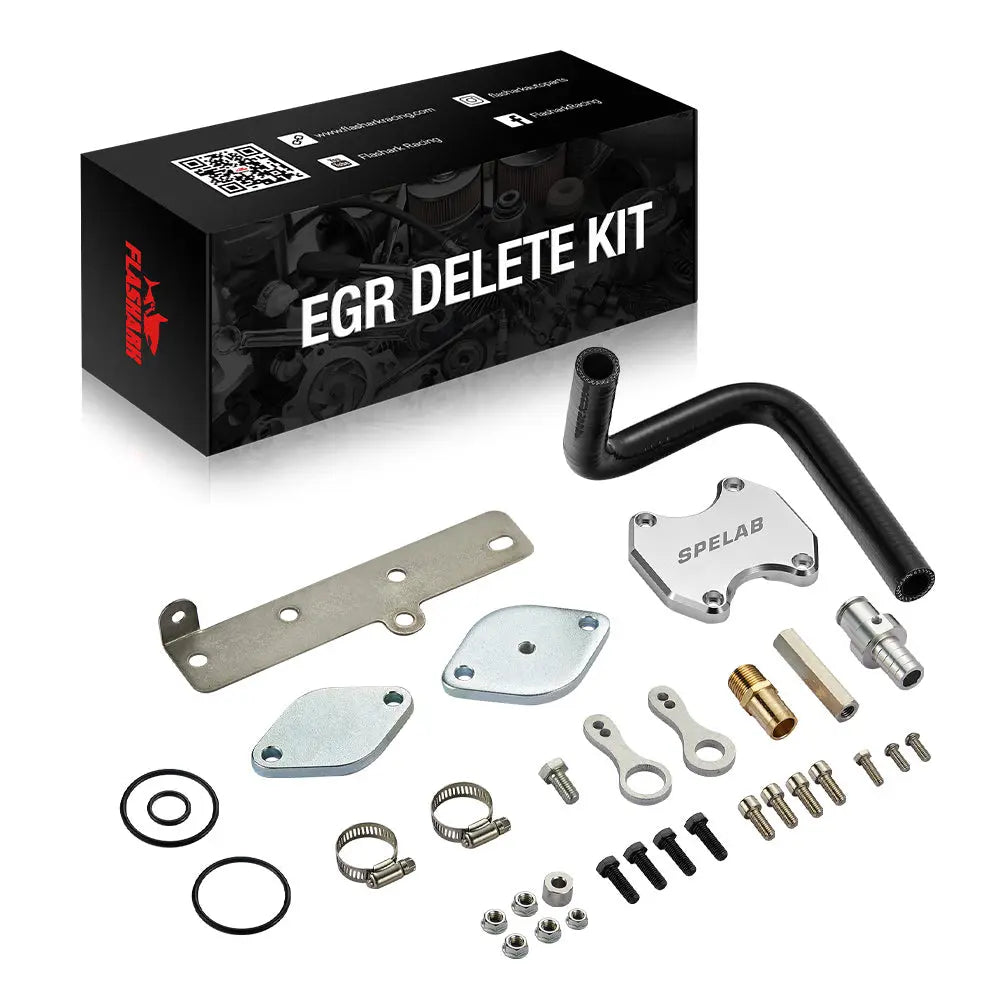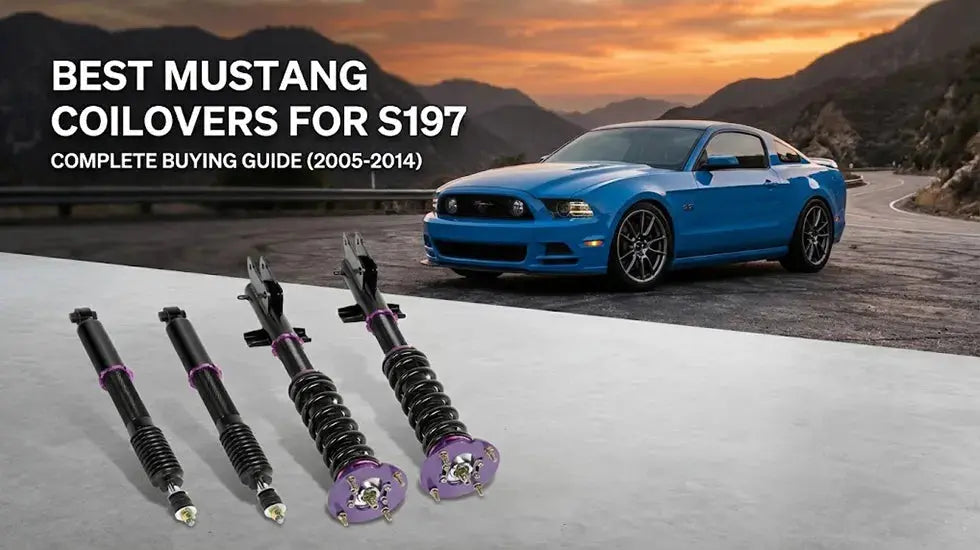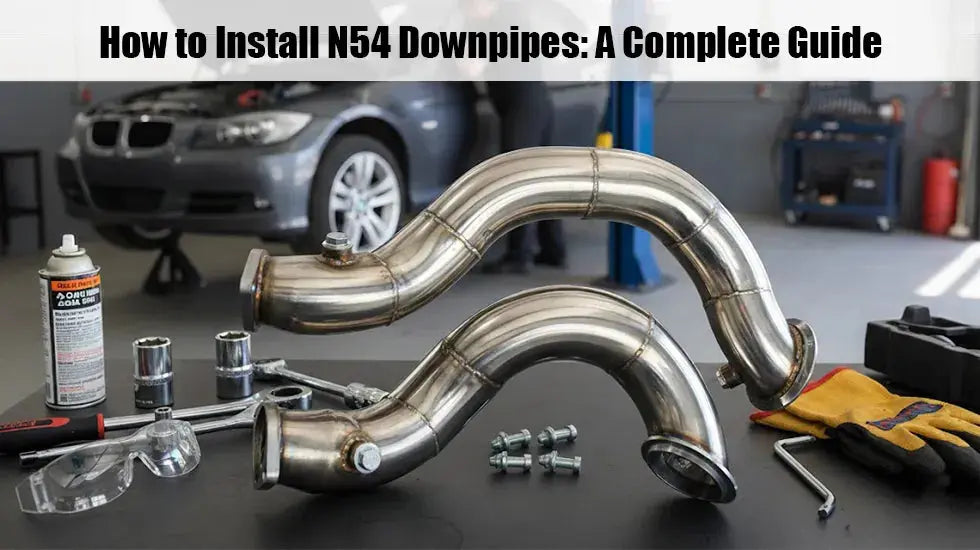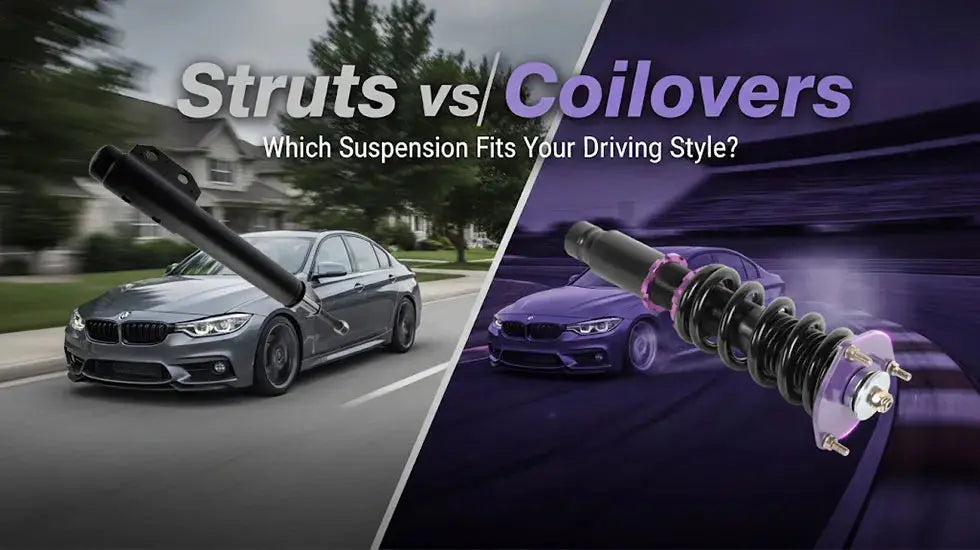Emissions testing is a key component in maintaining environmental standards, ensuring that vehicles run efficiently and with minimal pollution. For car enthusiasts and those who modify their vehicles, the challenge of passing emissions tests becomes more complex, especially when using performance upgrades like a catless downpipe. A catless downpipe eliminates the catalytic converter, which is critical for reducing harmful pollutants in the exhaust system. However, without the converter, passing emissions tests can become difficult, as it can lead to high emissions and the triggering of the Check Engine Light.
In this article, we’ll explore the challenges of passing emissions tests with a catless downpipe and provide solutions that can help vehicle owners navigate these hurdles while maintaining performance. From high-flow catalytic converters to ECU tuning and O2 sensor adjustments, we’ll cover various strategies to help you pass emissions tests without compromising your car’s performance.
Understanding Emissions Testing and the Challenges with Catless Downpipes
Emissions testing is an essential part of vehicle maintenance in many states. Its purpose is to ensure that cars meet environmental standards by reducing harmful exhaust gases. In a typical emissions system, the catalytic converter plays a critical role by converting harmful gases like carbon monoxide (CO) and nitrogen oxides (NOx) into less harmful substances. However, a catless downpipe—a modification that removes the catalytic converter—presents significant challenges when it comes to passing emissions tests.
Without a catalytic converter, a car is likely to fail its emissions test due to increased pollution output. Additionally, the absence of the converter may trigger the Check Engine Light (CEL) because the vehicle's ECU detects an issue with the emissions control system. This often makes passing emissions testing more difficult, especially in states with strict emissions regulations.
Solutions to Pass Emissions with a Catless Downpipe
Though passing emissions tests with a catless downpipe is challenging, there are several methods that can help a vehicle remain compliant with emissions regulations.

Using High-Flow Catalytic Converters (HFCs)
One of the most straightforward solutions to pass emissions with a catless downpipe is installing a high-flow catalytic converter (HFC). HFCs are designed to improve exhaust flow while still reducing harmful emissions. Unlike standard catalytic converters, which prioritize maximum emissions reduction, HFCs allow for increased performance without entirely sacrificing pollution control.
Many performance enthusiasts choose high-flow converters to maintain vehicle performance while still meeting emissions standards. In many cases, an HFC can help a car pass emissions testing by lowering the pollutant output to acceptable levels, especially in states that have less stringent regulations.
ECU Tuning and Software Adjustments
Another way to pass emissions tests with a catless downpipe is by adjusting the vehicle’s ECU (Engine Control Unit). ECU tuning allows the engine management system to modify certain parameters, including disabling the emissions-related monitoring systems.
By reprogramming the ECU, tuners can effectively prevent the system from detecting the absence of the catalytic converter, ensuring that no fault codes are triggered. This method is popular among performance car owners, as it allows for a more customized setup without triggering the Check Engine Light. However, it’s important to note that this practice might not be legal in all areas, especially where emissions regulations are stricter.
O2 Sensor Spacers and Deletes
Oxygen (O2) sensors play a vital role in the emissions system by monitoring exhaust gases and ensuring that the catalytic converter is working effectively. With a catless downpipe, these sensors are likely to register an error because they detect the lack of a converter. To counter this, many car owners install O2 sensor spacers.
These spacers move the O2 sensors farther from the exhaust stream, preventing them from detecting abnormalities in the emissions system. Alternatively, some car owners opt for O2 sensor deletes, which completely remove the sensors. While these methods can prevent the Check Engine Light from turning on, they might not be legal in all states and may require additional modifications to ensure proper functionality.
Using Emissions Control Devices
In addition to the above methods, there are aftermarket emissions control devices available that can help a car pass emissions testing. One example is the O2 simulator, which mimics the signals typically sent by the O2 sensors, tricking the car’s ECU into thinking the catalytic converter is still in place.
These devices can be useful for bypassing emissions tests, but it’s important to note that their legality can vary by state. Some states have very strict rules regarding emissions modifications, so using these devices may result in legal issues down the line.
State-Specific Emissions Requirements
Emissions regulations can differ widely across states, making it essential to understand local laws when modifying a vehicle’s emissions system. Some states have stringent emissions requirements, while others are more lenient.
California Emissions Standards
California is known for having some of the most stringent emissions regulations in the United States, enforced by the California Air Resources Board (CARB). In California, vehicles equipped with a catless downpipe are unlikely to pass emissions testing due to the absence of a catalytic converter.
For those in California, it’s recommended to use a high-flow catalytic converter and ensure that the vehicle’s ECU is properly tuned to prevent triggering the Check Engine Light. Failure to meet emissions standards in California can lead to fines, registration issues, and even the inability to sell the vehicle in the state.
Texas Emissions Standards
On the other hand, Texas has more lenient emissions testing procedures compared to California. While emissions tests are still required in some areas of the state, the testing is generally less strict, and cars with modified exhaust systems may be able to pass more easily.
That said, owners of vehicles with catless downpipes may still encounter difficulties in certain regions, especially if the testing center uses advanced equipment that can detect discrepancies in the exhaust system. It's important to check with local authorities to understand the specific emissions regulations in your area.
The Risks and Considerations of Running a Catless Downpipe
While modifying a vehicle with a catless downpipe may improve performance, there are several risks and legal considerations to keep in mind.

Legal Implications of Modifying Emissions Systems
In many states, removing the catalytic converter is illegal. Federal law, under the Clean Air Act, prohibits modifications that defeat or bypass emission control systems. As a result, running a catless downpipe could result in fines or penalties if the vehicle is inspected or caught during an emissions check.
It’s crucial for car owners to be aware of local laws before installing a catless downpipe or making any other emissions-related modifications. In some areas, modifications to the emissions system are heavily regulated, and any violation could lead to serious legal consequences.
Potential Performance Impacts and Engine Health
While a catless downpipe can increase engine performance by improving exhaust flow, there are potential drawbacks to consider. Removing the catalytic converter may lead to an increase in harmful emissions, which can harm the environment and violate local laws. Additionally, without the catalytic converter, the vehicle’s exhaust may produce a more pungent odor, which could be unpleasant for both the driver and passengers.
From an engine health perspective, running a catless downpipe may cause long-term issues. For instance, increased exhaust temperatures could lead to damage to other components, such as the turbocharger or exhaust valves. Therefore, it’s essential to weigh the potential performance benefits against the risks to engine health.
Conclusion: Balancing Performance and Compliance
Passing emissions tests with a catless downpipe can be difficult, but there are several strategies available to help owners navigate the challenge. By using high-flow catalytic converters, ECU tuning, O2 sensor spacers, or emissions control devices, car owners can improve their chances of passing emissions testing while maintaining their vehicle's performance.
However, it’s important to consider the legal and environmental implications of modifying emissions systems. Car owners must balance their desire for improved performance with the need to comply with emissions regulations and avoid legal issues.


